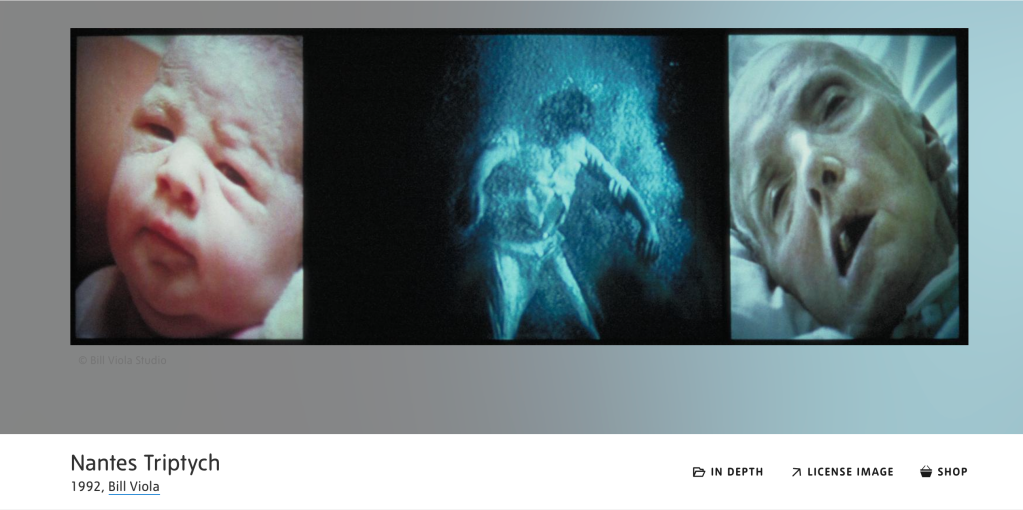Farah Nayeri’s non-fiction book Takedown: Art and Power in the Digital Age is centred on the relationship between art and power in the age of social media and technology.
The book is divided into different chapters, each of which deals with different themes of art and power. For instance, we first look at the clash between art and politics, specifically, on the theme of censorship of art through history. Then the book examines art and gender, and dives into the lack of representation of women through art history. The next section examines art that is considered “morally reprehensible”; art that was widely hated when it was first made and the controversy surrounding specific artists and artworks. The section following this looks at art and race, and the ways in which people of colour have not yet been allowed to carve out their niche in the art world, in terms of representation in galleries and also in auction houses. The next section reflects upon art that was considered “vulgar”, that is artworks and artists over whom protests were launched and fundings were cut. The ensuing section looks at the relationship between art and the source of money funding museums and galleries, and the activism surrounding “dirty money”. The next part goes into depth about art which becomes distasteful over time, for example sculptures of confederates and racist leaders, and other such pieces placed in public spaces. Finally, tying together the themes of the book, the last section delves into the involvement and power of the public in influencing the direction that art and museums take based on the voice of the people through social media.
Takedown: Art and Power in the Digital Age is primarily a book that reflects upon the new-found power that we, the common people, have with the advent of social media. In fact, Nayeri shows that the power of the people has far pre-dated social media. But importantly, in the age which we live, social media channels have amplified and exacerbated our power. Sometimes, as she points out in the last two chapters, to the detriment of the artists and galleries that make art possible.
Throughout the book, Nayeri offers many examples of art works, research, and interviews to emphasise the point she is trying to make, be it on themes of censorship, gender inequality, racism, or money. The book is filled with anecdotes and artworks that we, as readers, can look up alongside to deepen our reading experience. Nayeri’s writing is highly engaging and entertaining. The anecdotes and example art works she has chosen significantly add value to the book in delivering the underlying message of each theme she discusses. But there are only a handful images, so readers who want the full experience might want to keep a device handy for a quick search at the mention of each name.
Although the book does not strictly sit within the realm of the “digital age” as promised in the title, and often meanders to times before the digital period, it nevertheless packs a punch in terms of elaborating on themes of art and power. We examine power not only in the strict hierarchical sense through the lens of Governments, Billionaires, and Museums; but we also see power bottom-up, through the common people who engage in acts of protest, vandalism, and social media smear campaigns to exert authority over what is considered art and not. We also understand power as that which is wielded by one gender, race, and class over another. In other words, we begin to understand the multitude manifestations of “power” and move away from traditional understandings of power as something that only occurs in one direction.
Takedown is a fantastic book for readers interested in themes of art, power dynamics, controversy, and censorship.
Takedown: Art and Power in the Digital Age by Farah Nayeri
BONUS: Here’s a few artworks discussed in the book.
[P.S: Almost all of these works are highly controversial]







Image Source: https://medium.com/artbloc/the-people-vs-tilted-arc-9ea04c3e44b7

Image Source- https://jeffkoons.com/artwork/bouquet-tulips/bouquet-tulips


Leave a comment